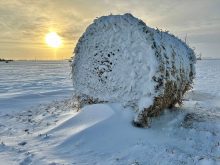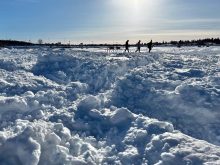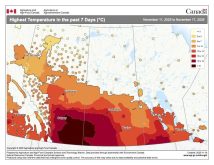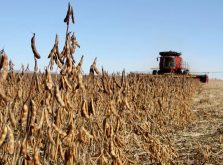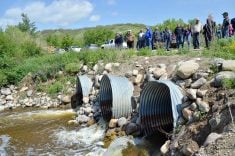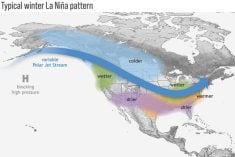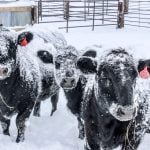It might feel a bit early, but it is edging toward the end of October . We may not like it, but snow is just around the corner, so it’s time to talk about winter topics. In no particular order they are:
Read Also
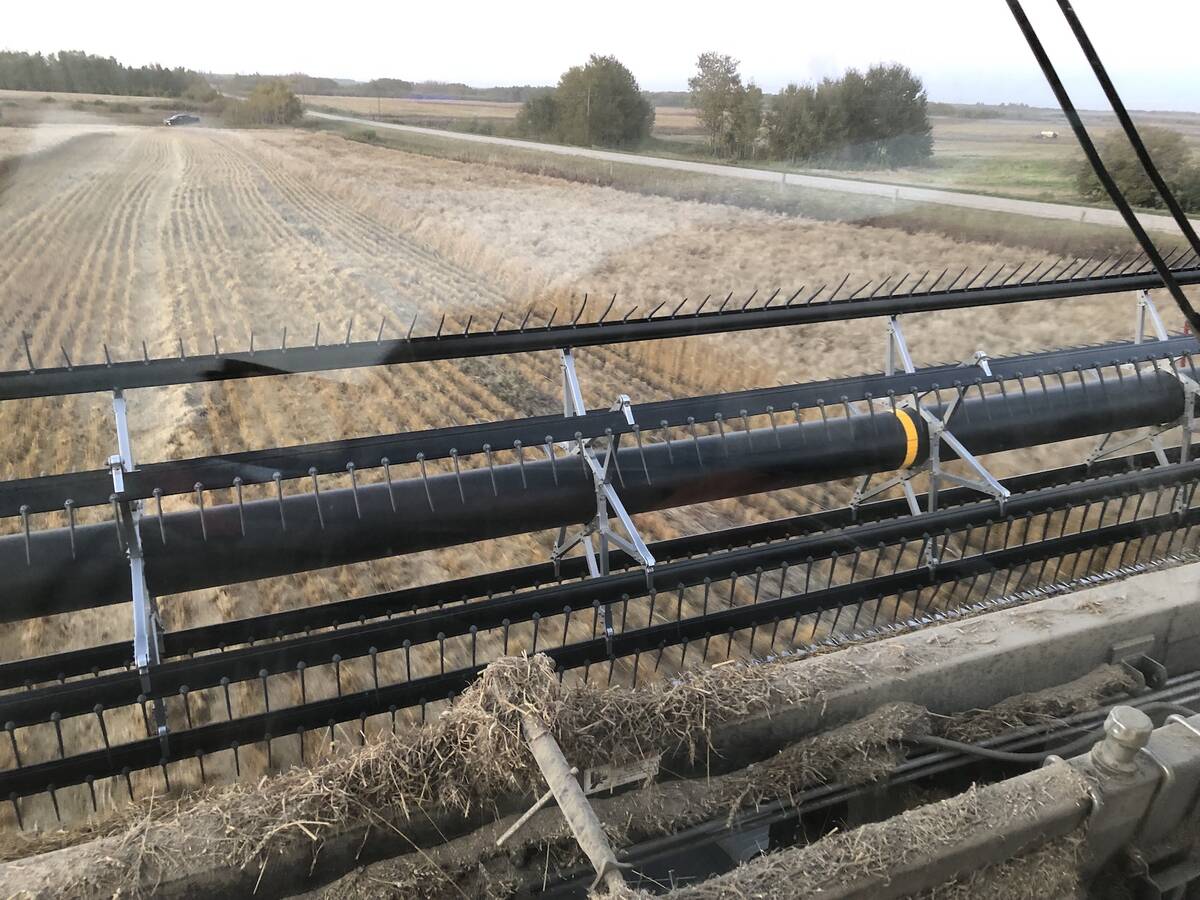
The poetic epic of Manitoba farming 2025
Former Manitoba Co-operator editor John Morriss returns for his yearly poetic sum up of the farming year and look ahead into 2026.
- snow fences;
- winter weather outlook;
- fall snowstorms;
- probability of snow;
- how snow forms; and
- nature’s signs about the upcoming winter.
I’d like to ask readers if they have any winter-related topic they’d like to see covered in this column. You can reach me at: [email protected]. As well, I’d like their views on how nature may signal what the upcoming winter might be like.
There are many theories and folk wisdom on this front. For example, my partner told me the other day that it is going to be a snowy winter because the mountain ash trees are hanging low with fruit. I hadn’t heard that one before, and I would love to hear any sayings you know about nature’s winter weather signs. Thanks in advance.
I have written about snow fences before, but it has been several years since we last touched on this subject. I think it’s appropriate because eventually we will see a snowy winter. They can’t all be like the last year. If they are, however, it will become more important to trap snow where we need it.
The number one reason for putting up a snow fence is to prevent snowdrifts from forming where we don’t want them — usually roads and driveways. The second major reason is to capture snow in a particular area to either utilize snowmelt in spring or provide ground cover and insulation in winter.
In either case, placement is the biggest mistake made when putting up a snow fence. The capacity of the fence and the average amount of blowing snow is important. To estimate the quantity of blowing snow expected in a typical winter, you need to determine the fetch or distance where wind can pick up and then redeposit snow.
For most regions across the Prairies, the prevailing wind direction during blowing snow events is either north or south, so you’ll need to determine how much open space there is in both directions. If you have huge open spaces, you don’t need to worry about distances longer than about four kilometres.
Snow amounts across the Prairies vary greatly from year to year, but during a typical winter, most regions expect around 100 centimetres. On average, about 70 per cent of this snow will be relocated by wind, but this depends how natural trapping capacities like tall grass and ditches affect the snow before it reaches your snow fence.
Take the example of a wide-open cultivated field, with a fetch length of around 500 metres. You could expect around 25 tonnes of snow to be transported per metre over the winter. This increases to around 100 tonnes per metre for fetches over 3,000 metres in length.
What does this mean? It means a snow fence will need to be sized and placed so it can capture this amount of snow. If a snow fence is too small, it will no longer prevent snow from drifting downwind once its capacity is reached. Also, if the fence is too close to the area you are trying to protect, the size of the drift may eventually cover the area, making the situation worse.
Height is the main feature of a snow fence that determines how much snow will be captured. To capture 25 tonnes/metre, you need a fence around four feet tall. To capture 100 tonnes/metre, you’ll need a fence around eight feet tall.
Typically, pre-made snow fences are four to five feet tall, but most people don’t realize that a gap of about six inches should be left between the bottom of the fence and the ground. This gap helps optimize the catching ability of the fence and on a four-foot fence, this extra six inches can increase the capacity of the fence by 30 per cent.
For most places in our region, a 4.5- to 5.5-foot high snow fence will do the job. If you need a higher fence, you can either increase the height or put up a double snow fence, which is two snow fences parallel to each other and spaced using established guidelines.
A rule of thumb for placement is that a fully grown drift can stretch downwind around 35 times the height of the fence. Therefore, a 4.5-foot fence is capable of producing a drift around 150 feet in length. But remember, this is the maximum length, and in some years we never get enough snow or blowing snow to develop a full-sized drift.
The fence should be placed perpendicular to the prevailing wind direction and should extend up to 10 times the fence height in either direction of the area the fence is trying to protect. This will take into account variation in wind direction. If the area you are trying to protect is 300 feet wide, your fence should extend around 50 feet past this area in each direction, giving you a 400-foot fence.
While nothing can beat your personal experience when placing snow fences, understanding how and why snow fences can work will help you tweak your current setup, allowing you to the get most bang for your buck.
We don’t know what type of winter we’ll have this year, but a little forethought can go a long way when it comes to capturing snow.




